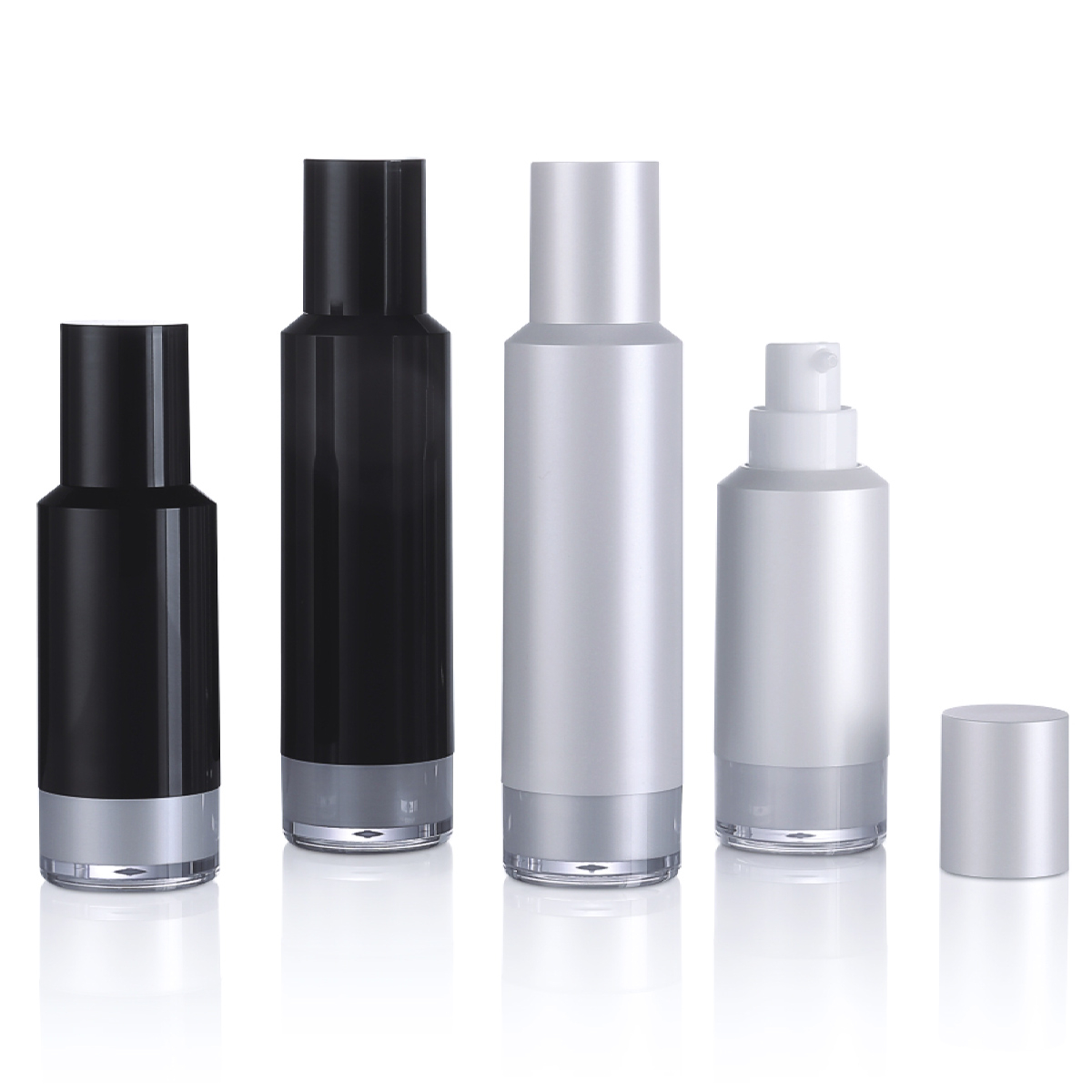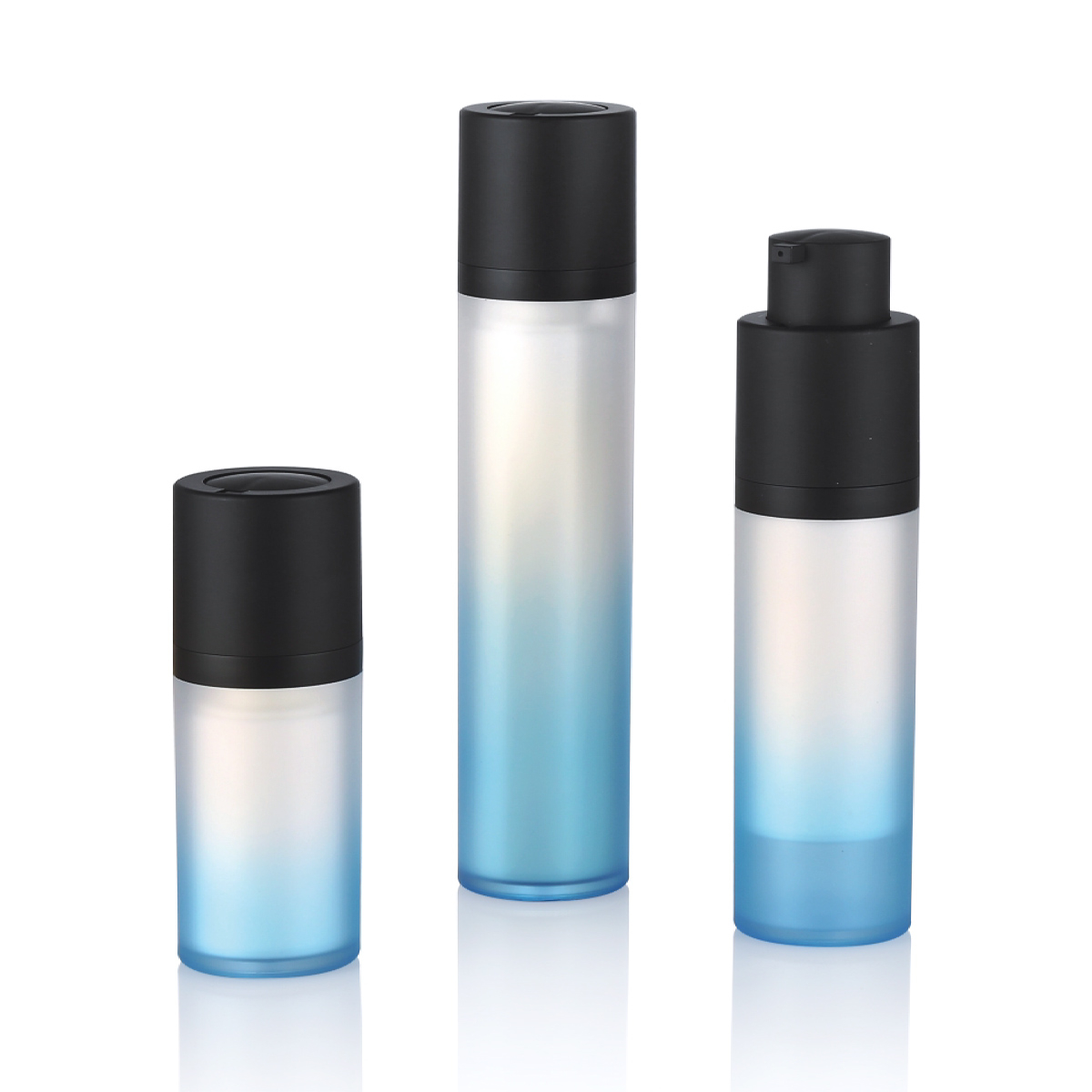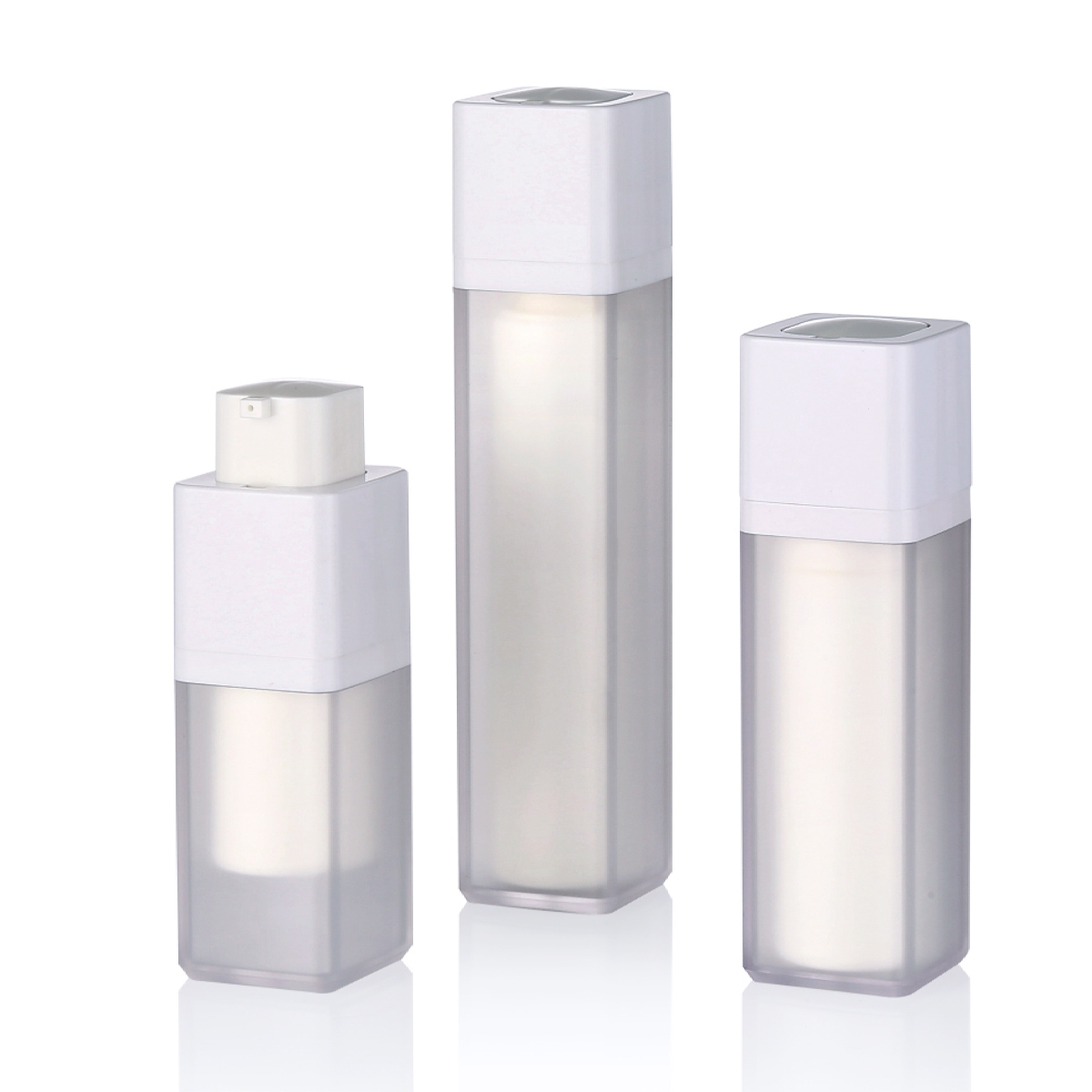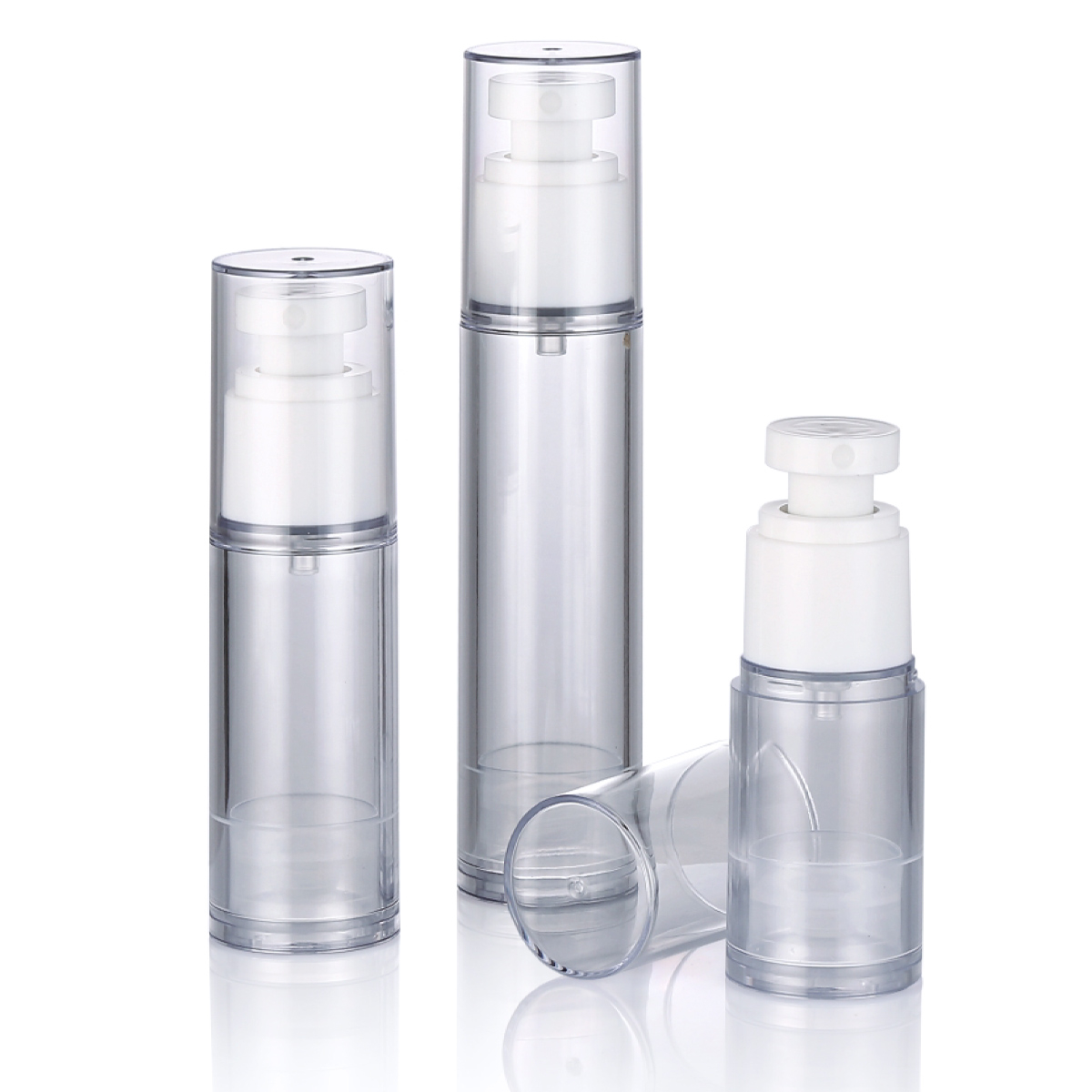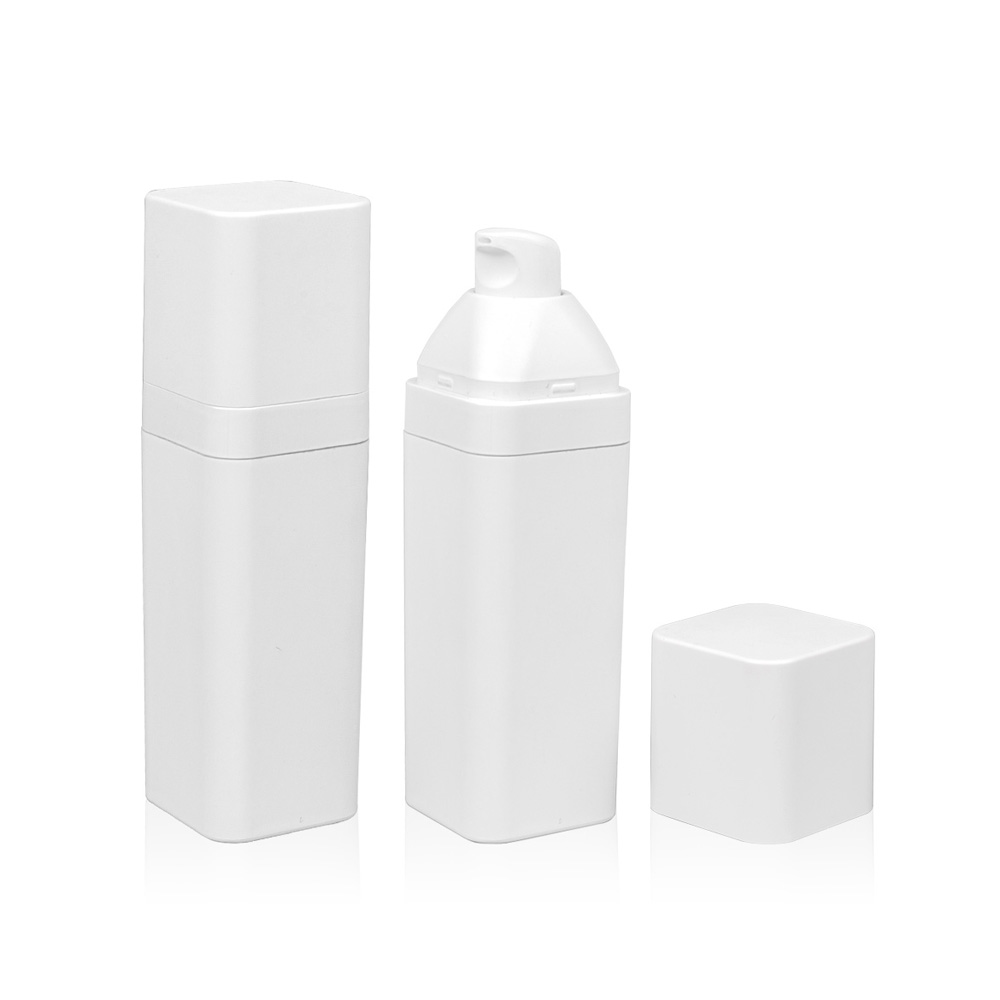In the world of skincare, the efficacy of active ingredients like vitamin C and retinol is only as reliable as the packaging that contains them. As consumers increasingly seek clinical-level results from their home skincare routines, the packaging format has become just as critical as the formulation itself.
Airless bottles provide superior protection against the environmental factors that destabilize sensitive skincare ingredients . This technology maintains product integrity from first use to last drop, ensuring consistent performance and user experience.
The Fragile Nature of Skincare Actives
Vitamin C: The Antioxidant Powerhouse
Vitamin C stands as one of the most researched and effective ingredients in skincare, renowned for its brightening properties and collagen synthesis stimulation. However, its chemical structure makes it particularly vulnerable to degradation .
When vitamin C serums oxidize, they typically darken from clear to yellowish-brown, indicating diminished potency. This oxidation occurs when the formula is exposed to oxygen, light, and heat . Once oxidized, vitamin C not only loses efficacy but may potentially cause skin irritation.
Retinol: The Gold Standard Against Aging
Retinol, often called the gold standard in anti-aging ingredients, stimulates cellular renewal and boosts collagen production to reduce visible wrinkles. Despite its proven efficacy, retinol possesses structural vulnerabilities that threaten its stability .
With five double bonds in its chemical structure, retinol is highly reactive and prone to decomposition when exposed to environmental stressors . This degradation leads to not only reduced effectiveness but also increased potential for skin irritation.
How Airless Bottle Technology Works
Protective Mechanism
Airless bottles employ a vacuum-based dispensing system that completely isolates the product from external air . When the user presses the pump or button, this vacuum seal releases to dispense the product without introducing air into the container .
The system utilizes a piston or diaphragm that moves upward as product is dispensed, ensuring that the formulation remains protected throughout the product’s lifespan . This design prevents the oxidation and contamination that plague traditional packaging.
Advanced Barrier Properties
Unlike conventional containers that allow constant air exposure, airless bottles create a hermetically sealed environment that safeguards sensitive compounds . This protection begins from the first use and continues until the container is empty, maintaining ingredient stability throughout the product’s usage period.
The opaque materials typically used in airless bottles provide additional protection against light exposure, further shielding light-sensitive ingredients like retinol and vitamin C from degradation .
Benefits Beyond Ingredient Stability
Minimizing Contamination Risk
The non-invasive dispensing system of airless packaging eliminates the need for finger contact with the product, significantly reducing the risk of bacterial contamination . This feature is particularly valuable for preservative-free formulations and products intended for sensitive skin.
Ensuring Consistent Dosing
Airless bottles provide precise application control, allowing users to dispense the exact amount needed without waste . The efficient dispensing mechanism ensures nearly all product is utilized, extending the product’s lifespan and providing better value.
The Sustainability Advantage
Reducing Product Waste
By maintaining formula integrity until the final use, airless packaging helps maximize product utilization, reducing the frequency of repurchases . This efficiency contributes to less packaging waste over time, aligning with growing consumer demand for sustainable solutions.
Material Innovations
Many airless bottles now incorporate recyclable materials and are designed for reduced environmental impact . Brands adopting this packaging demonstrate commitment to both product efficacy and ecological responsibility, addressing two key consumer concerns simultaneously.
The Future of Skincare Packaging
As skincare formulations continue to advance in potency and complexity, packaging innovation must keep pace. Airless technology represents a significant evolution in how we protect and deliver active ingredients, moving beyond mere containers to integrated preservation systems.
The development of more sophisticated stabilization technologies continues to evolve, with leading skincare companies investing heavily in research to enhance ingredient stability . These advancements, combined with protective packaging like airless bottles, will define the next generation of effective skincare products.
Conclusion: Necessity, Not Luxury
For skincare formulations containing unstable ingredients like vitamin C and retinol, airless bottle technology has transitioned from premium option to essential requirement. The protective properties of this packaging format directly correlate with maintained efficacy, user safety, and product consistency from first application to last.
As consumers become more educated about ingredient science, the demand for packaging that genuinely protects their skincare investments will continue to grow. Airless bottles address this need directly, offering a scientifically sound solution to one of skincare’s most persistent challenges: preserving potency until the final use.

 English
English 中文简体
中文简体 Español
Español عربى
عربى

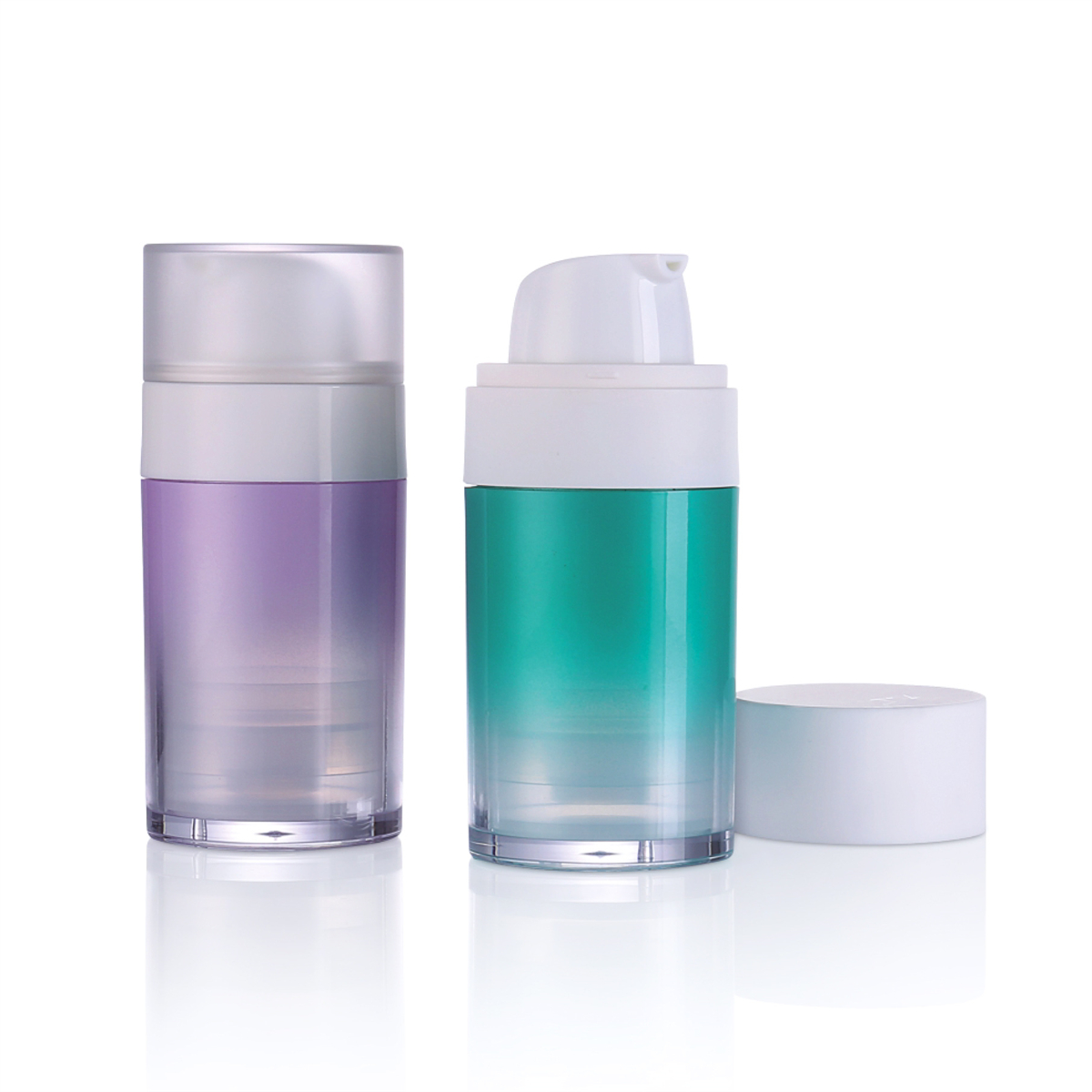

.jpg)
